- Write by:
-
Wednesday, June 22, 2022 - 13:25:00
-
475 Visit
-
Print
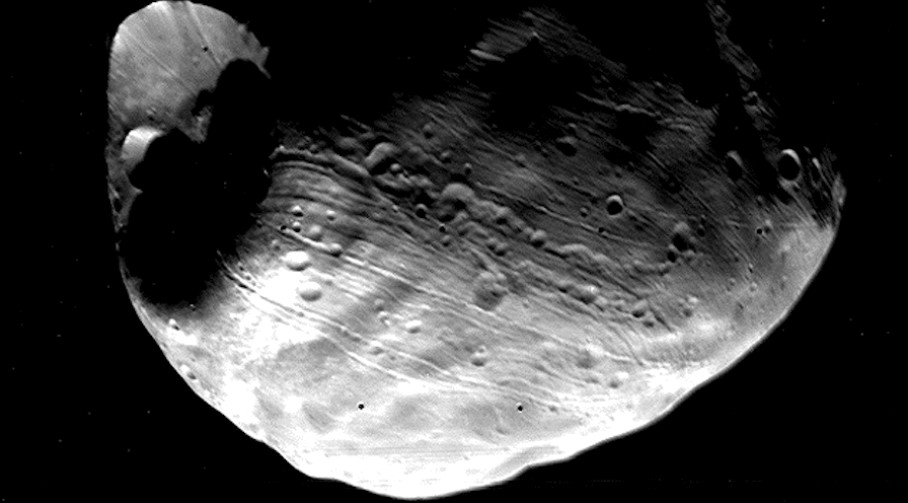
Mining News Pro - Researchers at the Harvard-Smithsonian Center for Astrophysics have shown that mining the Main Belt of asteroids that orbit between Mars and Jupiter could be done profitably if spacecraft were deployed from a station in an orbit similar to that of the Martian moon Phobos.
In a paper published in the journal Planetary and Space Science, astronomers Martin Elvis, Jonathan McDowell, and past Harvard undergraduate Anthony Taylor explain that even though space mining will likely start with near-earth objects (NEOs) or asteroids whose paths cross the earth’s orbital path, it will eventually start looking at the Main Belt of asteroids, as it contains about 10,000 times more resources than NEOs.
However, profitable mining entails balancing more than just the cost of travelling across a distance, and any asteroid mining operation must take into account the expense of the rendezvous—slowing the spacecraft down once it arrives—as well as the cost of shipping the ore back to a processing facility.
The cost (and weight) of the fuel needed to rendezvous is among the most critical parameters in the feasibility calculation. It is mainly determined by the parameter “delta-V,” a measure of the kinematic requirement of accomplishing a spacecraft maneuver, and is usually cited in units of kilometres per second. A rendezvous with an especially favourable NEO from a spacecraft in low-earth orbit involves a delta-V of about four kilometres per second.
But accessing asteroids in the Main Belt typically involves a delta-V of about seven kilometres per second, which leaves them energetically very difficult to reach from the earth.
Phobos, however, orbits about six thousand kilometres from Mars’s surface and offers a lower delta-V to the Main Belt asteroids.
According to Elvis, McDowell and Taylor, Mars itself offers some added orbital advantages because unlike the earth, with a nearly circular orbit, Mars’s orbital eccentricity and inclination also provide a lower delta-V path to the asteroids.
The authors, thus, suggest two-burn and three-burn scenarios (referring to the number of rocket ignitions needed) to accomplish a rendezvous, and they develop a computer code to calculate the energetics for known asteroid orbital classes. The results show potentially very significant reductions in the costs of exploration.
Whether or not a mission ultimately makes financial sense depends on many other factors, but, in the researchers’ view, the concept of launching and then returning to an operations center based in a Phobos-like orbit, or even on Phobos itself, is relatively convenient and advantageous.
Short Link:
https://www.miningnews.ir/En/News/621601
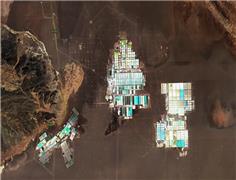
The four largest indigenous communities in Chile’s Atacama salt flat suspended dialogue with state-run copper giant ...
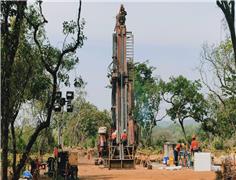
A prefeasibility study for Predictive Discovery’s (ASX: PDI) Bankan gold project in Guinea gives it a net present value ...
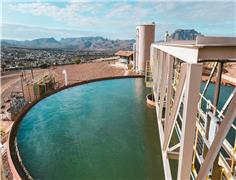
A Native American group has asked all members of a US appeals court on Monday to overturn an earlier ruling that granted ...
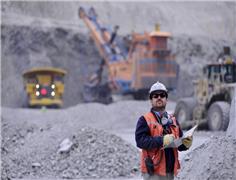
Codelco is exploring more partnerships with the private sector as Chile’s state copper behemoth looks to recover from a ...

Representatives from the Peñas Negras Indigenous community, in northwestern Argentina, clashed with heavily armed police ...
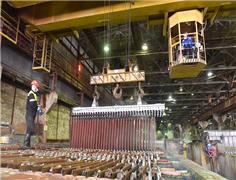
The London Metal Exchange (LME) on Saturday banned from its system Russian metal produced on or after April 13 to comply ...
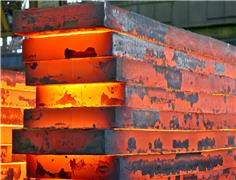
Iron ore futures prices drifted higher on Thursday as the latest soft data from top consumer China triggered renewed ...
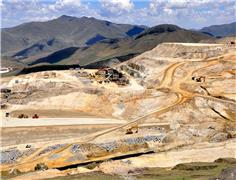
Peru’s Las Bambas copper mine, owned by China’s MMG, is facing renewed blockades of a key transport route after failed ...
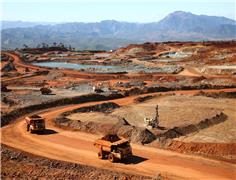
French mining group Eramet said on Wednesday it had reached an agreement with the French government to continue its ...
No comments have been posted yet ...